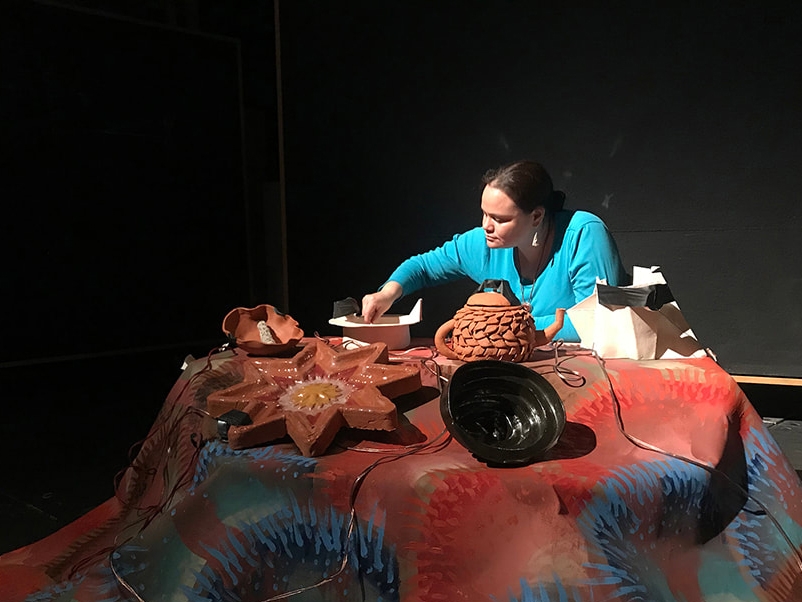
Unveiling: Voices behind and beyond masks
- 4:30 pm
- May 18, 2020
- No Comments

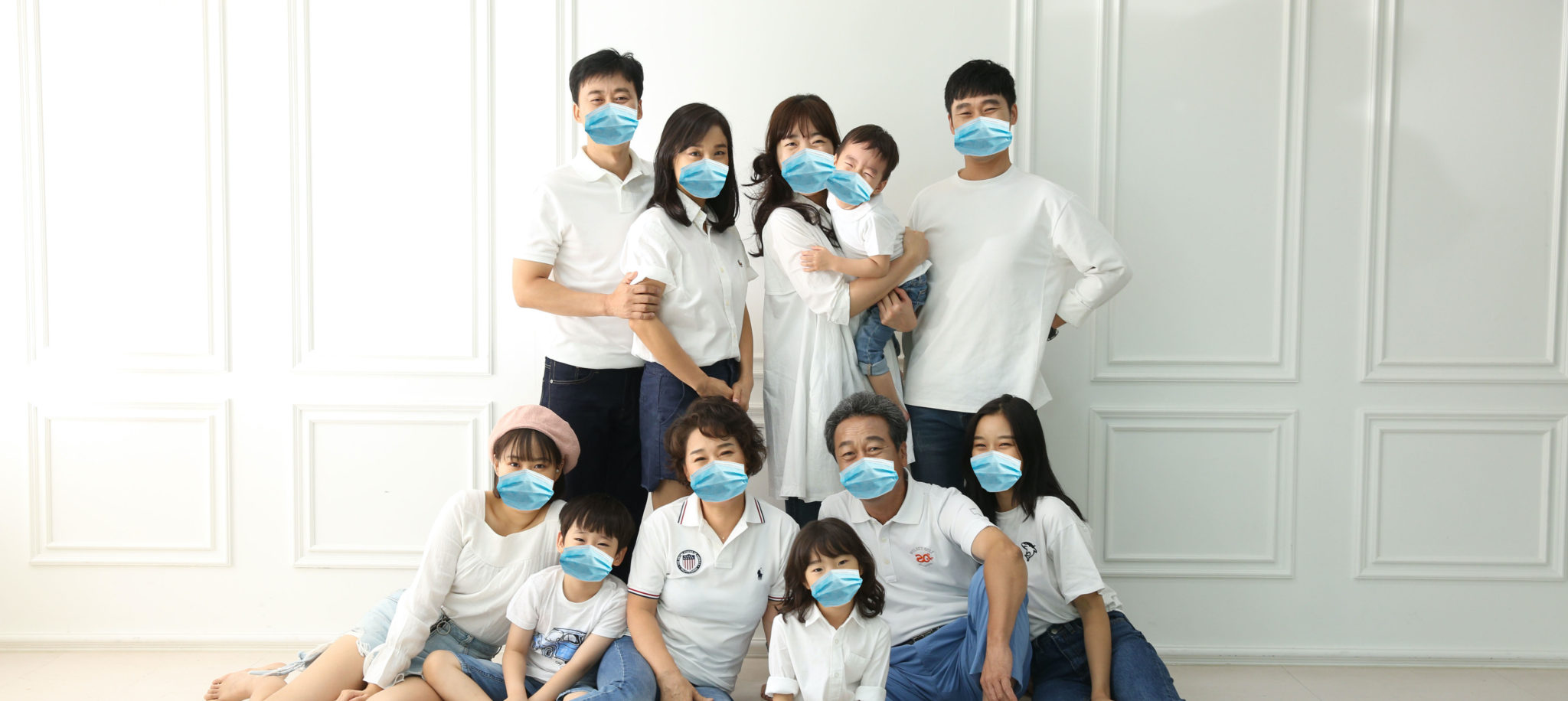
- 00:00
The pandemic not only restricted us from face-to-face encounters, but it entirely altered how we communicate. Thus, people have come to adapt to the ongoing situation and find ways to convey information, context, and emotions as effectively as they have without the physical barriers. This opportunity allowed room for people to look into new and various forms of interaction. For example, more than 300 million zoom participants are engaged in conferences (daily, world-wide), as more than 7% of the U.S population is currently working from home. If not interacting virtually or over an online platform, people would exchange conversations behind masks. The former “direct,” and “face-to-face” is no longer the norm.
However, one element of interaction that did not change was the “voices” involved in the communication. I realized that voices were present even during the absence of the body. Hence, I became interested in how voices operated under the new systems of interaction. During the research process, I realized that two factors play in the system of communication; “expressing” and “comprehending.” Under the physical barrier or the mask, it became more difficult to project and deliver sound, while it also restricted people from observing other’s facial expressions.
For my project, I collected audios of different “conversation” situations to study the subtle differences in exchanges and expressions. I was curious about the sonic variation amongst dialogues in the circumstances such as: when one is wearing a mask when one isn’t wearing a mask, over a video/voice call, and voices of one-sided communication (i.e., tv shows, radio, etc.), and more. Throughout the daily practices of my life, I tried to accumulate a diverse range of voices and ultimately compare and contrast them through a composition.
Because I wanted to compare the voices from my daily and social life, I mainly focused on documenting how I communicated with my family, friends, and strangers within a casual setting. I recorded most of my daily routine, then later categorized them into four “types” of interactions. They were: the virtual, the one-sided, underneath the mask, and bare-faced. After grouping, I tuned the sounds to emphasize the distinctive characteristics of the setting and situation. Even though most of the recordings are voices speaking Korean, by editing the files, I hoped to provide some insight into the ambiance of the interaction (and situation).
Eventually, I intend the composition to be played as a sonic installation, in which people are invited to layer their voices over the existing composition. It would be an interactive station where people can respond to the conversation or information they receive from the composition. Since this is not entirely feasible at the current moment, I created a mockup to simulate what the station would look like.
- Unveiled 00:00
- video call (supplemental) 00:00
- 3am (supplemental) 00:00
- talking to siri (supplemental) 00:00
- masked (supplemental) 00:00
An interesting finding from this exploration was that even the same voice operates differently under different circumstances of communication. For example, when I talked over the phone through a video or voice call, the soundscape was very different from physical interaction. Electronic atmospherics interfered with the conversations, while the quality of internet connection also influenced audio quality. Through this exploration, I was able to reconsider how I communicated with others and also became more aware of the nuance and personality of voices, including my own.
Related Posts


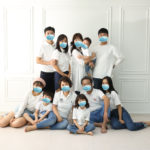





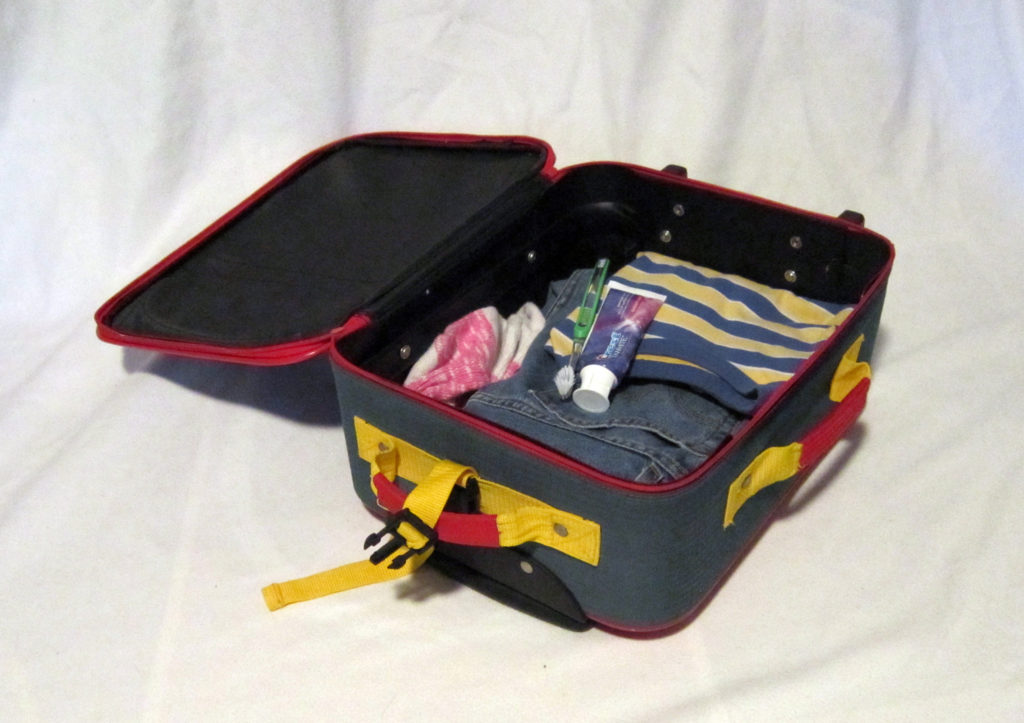
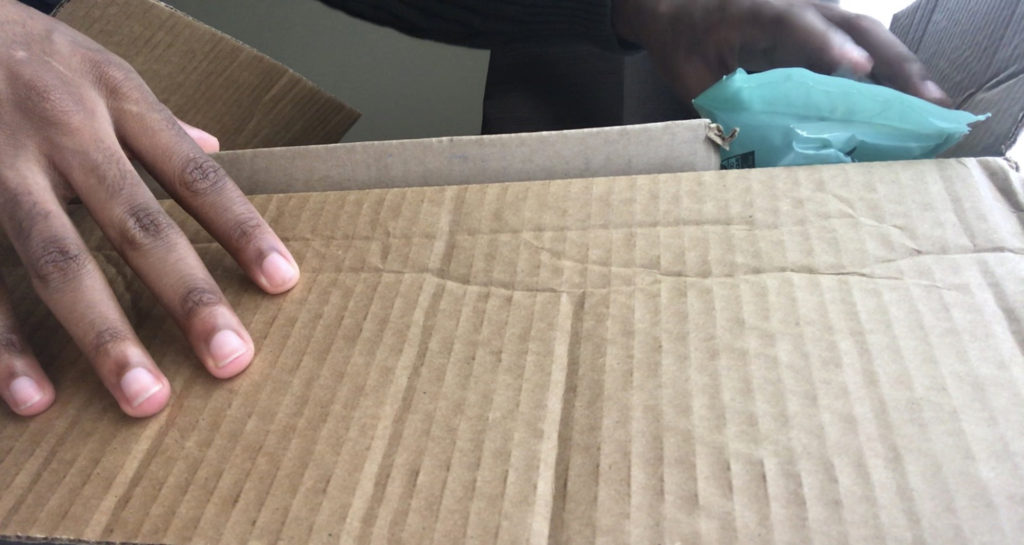
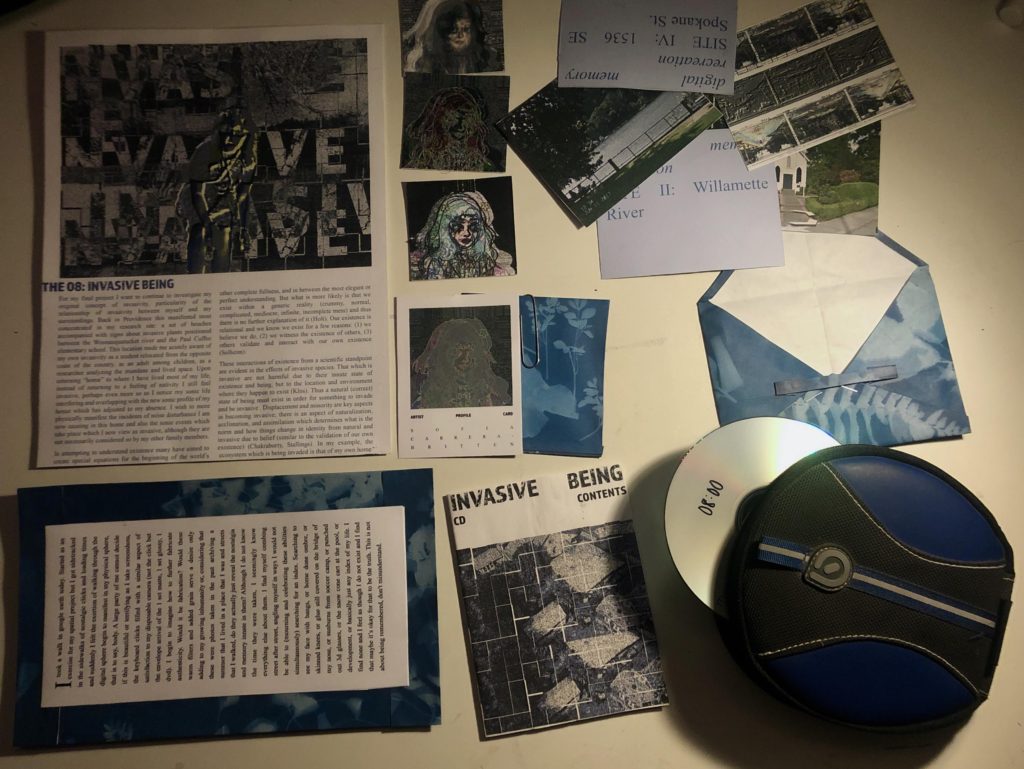
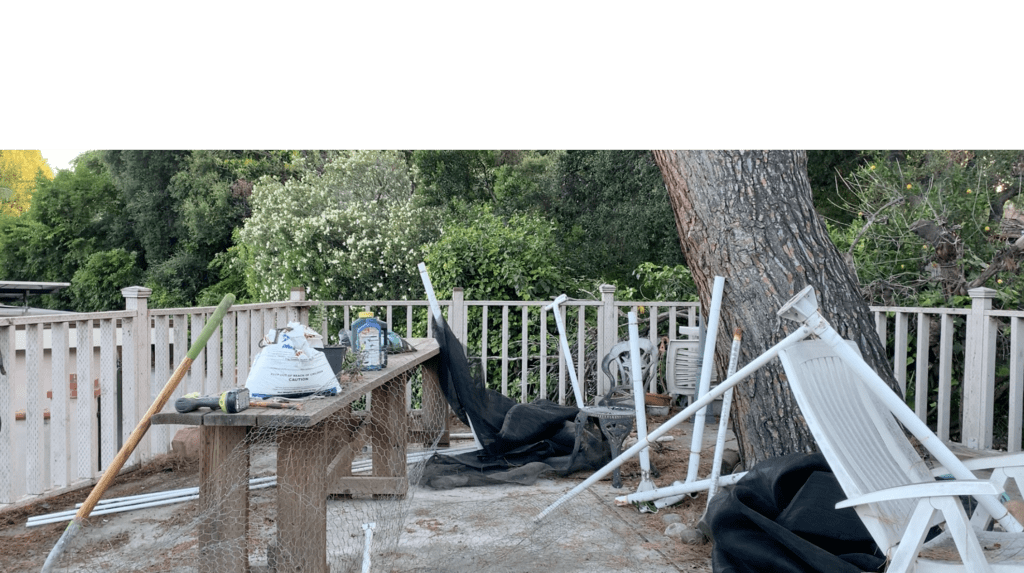
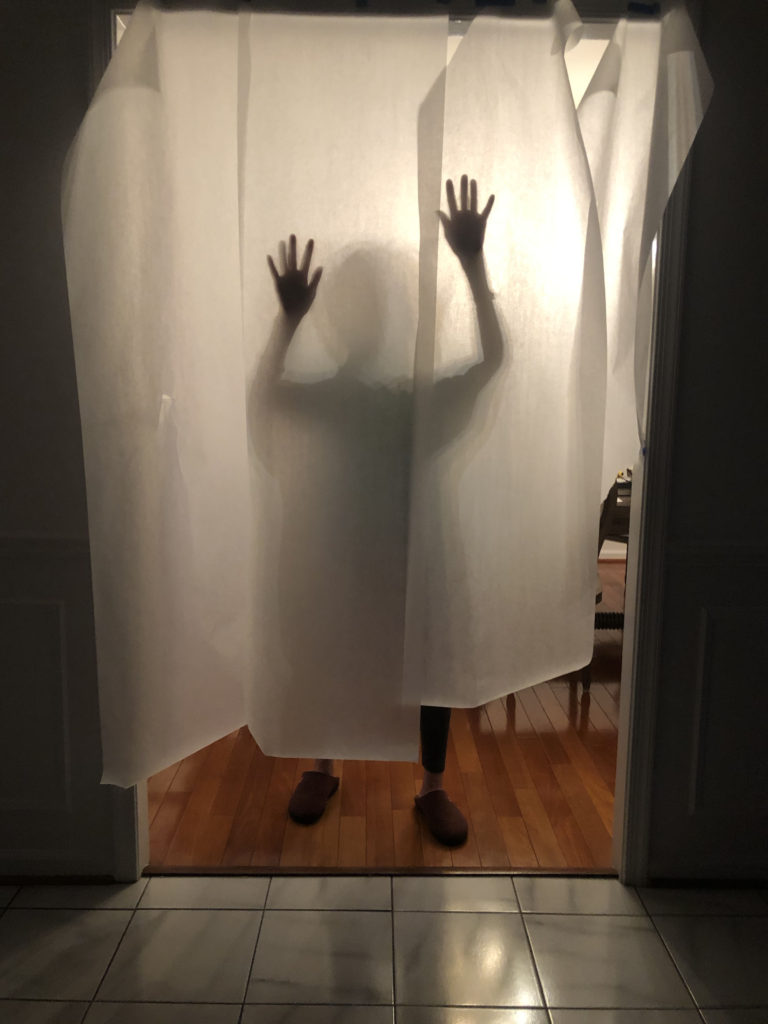
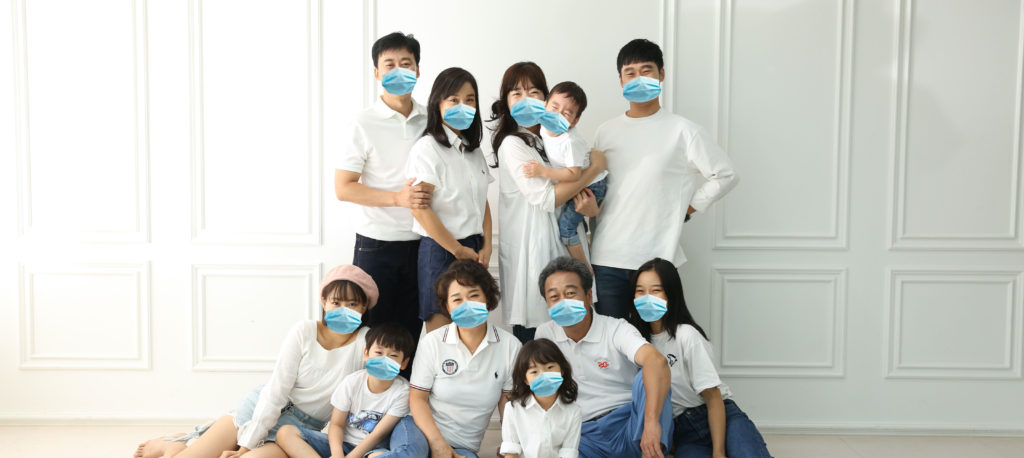

Responses